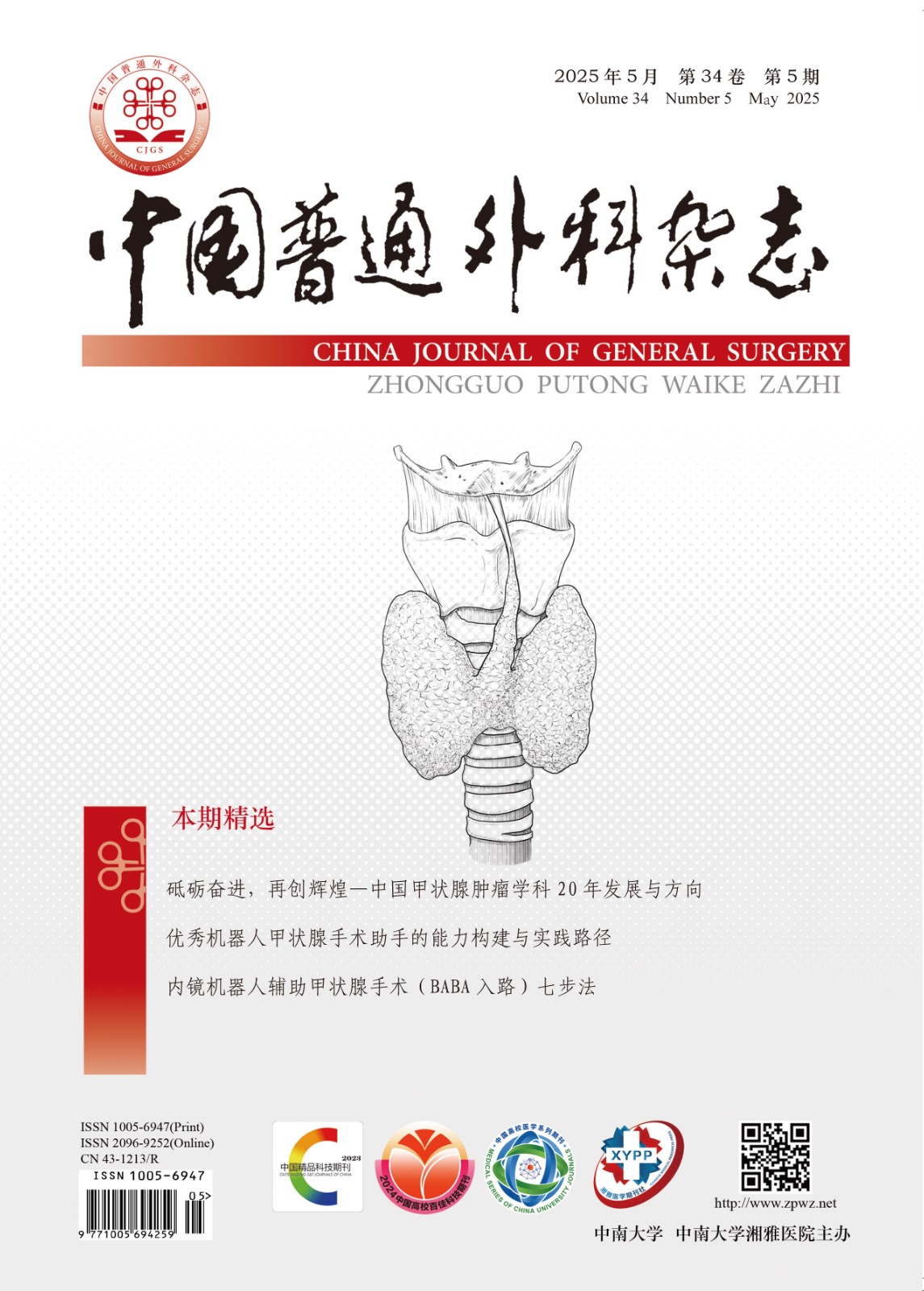Abstract:
Objective: To investigate the relations of the change in body mass index (BMI) with the nutrition status and prognosis in elderly patients with gastric cancer. Methods: One-hundred and sixteen elderly patients (≥65 years of age) with gastric cancer were included. The BMI variation of the patients during the past one year before admission was calculated, their prognostic nutritional index (PNI) was calculated from the albumin value and total lymphocyte count, and then the association between BMI variation and PNI was analyzed using Pearson correlation analysis. The relations of BMI variation with the prognosis of the patients was evaluated through the ROC curve estimation, survival analysis and Cox regression model. Results: In these 116 elderly gastric cancer patients, the mean variation (reduction) value of BMI was (2.67± 2.11) kg/m2 and PNI was 44.18±9.31, and there was a significantly negative correlation between them (r=–0.87, P=0.003). The sensitivity and specificity of variation value of BMI for death prediction was 72.73% and 73.34% respectively, with a cutoff value of 3.36 kg/m2. The patients were divided into high BMI variation value group (value of BMI reduction≥3.36 kg/m2) and low BMI variation value group (value of BMI reduction<3.36 kg/m2) according to the cutoff value. The results from comparison between the two groups showed that variables that included PNI, degree of differentiation, tumor size, depth of invasion, lymph node metastasis, TNM stage, and degree of radical resection between two groups had statistical difference (all P<0.05); the survival rate in high BMI variation value group was significantly lower than that in low BMI variation value group (P<0.05); variation value of BMI was independent factor affecting the prognosis of elderly gastric cancer patients (HR=1.72, 95% CI=1.31–2.26, P=0.002). Conclusion: BMI variation can well reflect the inflammation-nutritional status of the elderly gastric cancer patients, and those with significant BMI reduction may face a poor prognosis.

